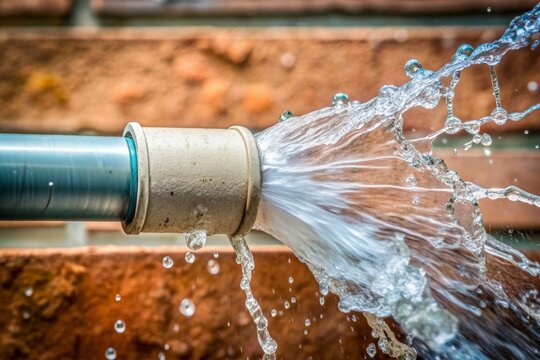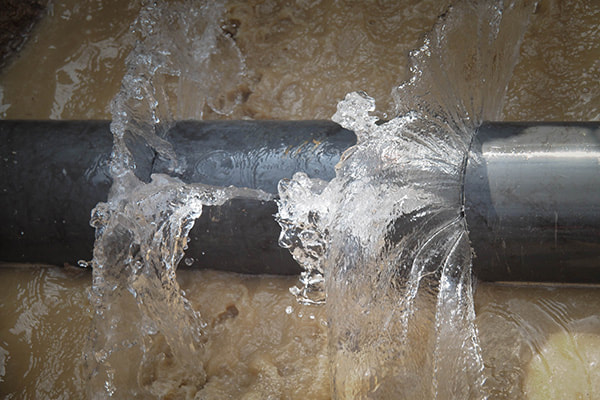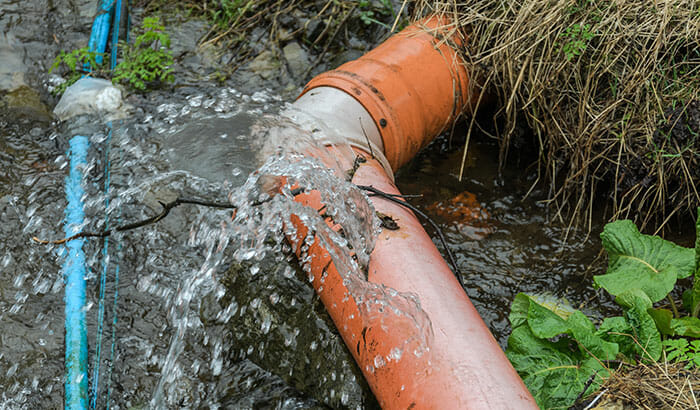Stopping Ruptured Pipes: Necessary Tips to Shield Your Pipes
Preventing burst pipes is an important issue for property owners, especially throughout colder months when the threat of freezing is heightened. Carrying out tactical procedures such as proper insulation, regular examinations, and maintaining consistent indoor temperatures can dramatically decrease the likelihood of pipe failure. Additionally, understanding emergency procedures equips homeowners to react promptly to possible pipes problems. Nevertheless, numerous are unaware of the particular vulnerabilities that their pipelines might encounter. Discovering these vulnerabilities can give indispensable understandings into protecting your plumbing system effectively.
Understand Pipeline Vulnerabilities
Recognizing pipeline vulnerabilities is crucial for reliable plumbing upkeep and stopping pricey damage. A number of factors add to the sensitivity of pipes to bursts, consisting of product structure, age, and ecological problems. Older pipes, especially those made from galvanized steel or polybutylene, usually deteriorate with time, resulting in enhanced threat of ruptures and leaks.
Temperature level changes can additionally dramatically effect pipeline stability. In colder climates, water caught in pipes can ice up, broadening and applying stress on the pipe walls, which might eventually lead to a ruptured. High water stress can stress pipes, particularly at joints and bends, increasing the chance of failure.

Insulate Water Lines Correctly
Appropriate insulation of pipelines is important for protecting against freezing and subsequent ruptureds throughout cold weather (burst pipe). Shielding your pipes system effectively safeguards against temperature level goes down that can cause expensive damages. Begin by identifying prone locations where pipes are subjected to outdoor temperature levels, such as cellars, attic rooms, and exterior walls
Usage foam pipe insulation sleeves or wrap insulation tape around these areas to offer a protective barrier. Ensure that all sections of the pipes, especially those with restricted heat exposure, receive appropriate insulation. Pay unique interest to joints and fittings, as these are a lot more prone to cold.
When shielding, it's important to pick products that fulfill neighborhood structure codes and are suitable for the certain atmosphere. As an example, fiberglass insulation is usually advised for its thermal resistance residential properties - burst pipe. Additionally, take into consideration making use of warm cable televisions or tape in severe conditions, which can be plugged in to offer extra warm
On a regular basis inspect protected pipelines for any kind of indicators of wear or damage, as endangered insulation can decrease its effectiveness. By taking these positive measures, you substantially reduce the danger of pipeline bursts, making certain a trustworthy pipes system throughout the cold weather.
Maintain Regular Temperature Level
A steady interior temperature is important for protecting against ruptured pipelines during the frigid months. When temperature levels drop, water within pipelines can ice up, creating check over here and expanding stress that might eventually cause the pipes to ruptured.Using a programmable thermostat can help take care of YOURURL.com indoor temperature levels successfully, making certain that rooms with plumbing stay warm even when the house is unoccupied.
Additionally, it is sensible to permit taps to drip slightly throughout severe cold snaps. This small circulation of water can prevent cold by relieving pressure within the pipes. In addition, during particularly extreme climate events, think about briefly suspending any nighttime troubles on your thermostat to keep a stable warm environment. By carrying out these approaches, property owners can dramatically lower the risk of pipe bursts and guard their plumbing systems against the rough wintertime aspects.
Consistently Examine Pipes
Normal evaluations of pipes systems are crucial for avoiding burst pipelines and preserving total home integrity. During these assessments, it is essential to check out visible pipes for signs of corrosion, leaks, or wear.
Furthermore, checking links and joints is essential, as these factors are typically vulnerable to leakages. Home owners must likewise analyze water pressure degrees, as extreme stress can stress the pipes system and boost the risk of pipeline ruptureds.
Consider scheduling professional pipes evaluations a minimum of yearly, specifically prior to winter, to ensure your system is prepared for cooler temperature levels. Routine examinations not only help in identifying instant concerns yet likewise foster lasting maintenance techniques that can boost the life expectancy of your pipes system. By being positive in your approach, you can secure your home versus the expensive and disruptive consequences of ruptured pipes. Focusing on plumbing inspections is a financial investment in your house's health and wellness.
Know Emergency Situation Treatments
Understanding emergency procedures is crucial for every property owner, particularly after conducting regular plumbing examinations. Being prepared for a pipes emergency situation can significantly reduce damages and save costs. Initially, find your primary water shut-off shutoff; it is typically found near the water meter or where the main line enters your home. Acquaint on your own with its procedure, as closing off the supply of water promptly can prevent substantial flooding.
Next, keep important devices helpful. A pipes emergency set ought to include a wrench, plunger, and towels, along with a flashlight and a pail for little leakages. Furthermore, take into consideration having the call info for a trusted plumbing technician conveniently available, should the situation rise beyond your control.
If you detect a leakage or ruptured pipeline, immediately turn off the water supply and inform your plumbing. Furthermore, record the damages with photographs for insurance policy functions. burst pipe. Know the indicators of possible pipes problems, such as uncommon water pressure changes or damp places on walls
Inevitably, proactive knowledge and speedy action are critical in taking care of plumbing emergency situations, ensuring your home stays secured and reducing possible damage.

Conclusion
Finally, preventing burst pipes necessitates a multifaceted approach that consists of understanding pipeline susceptabilities, correct insulation, keeping regular interior temperature levels, normal inspections, and expertise of emergency situation treatments. By carrying out these essential strategies, more tips here the risk of pipes failings can be substantially decreased, thereby making certain the durability and performance of the pipes system. Aggressive measures not only protect against possible damages yet additionally contribute to general water preservation and the defense of home.
In cooler climates, water caught in pipes can ice up, putting in and increasing stress on the pipe wall surfaces, which might inevitably lead to a burst. When temperature levels decrease, water within pipes can freeze, producing and expanding stress that may inevitably cause the pipelines to ruptured. By executing these approaches, house owners can significantly minimize the threat of pipe bursts and guard their pipes systems against the severe winter months elements.
